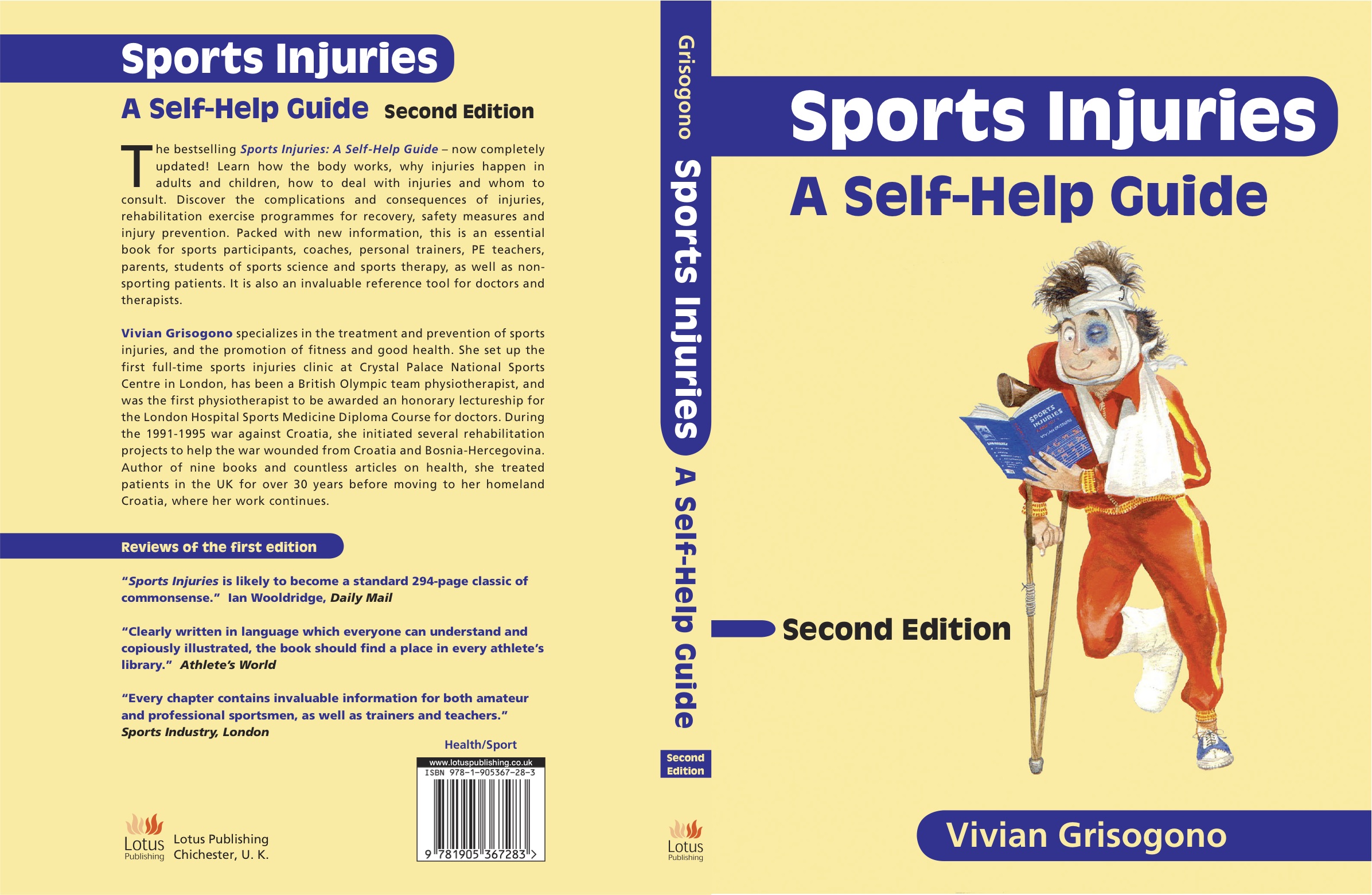Exercises
ARM ABDUCTION
A simple exercise for the main muscles which support, protect and activate the shoulder when you move your arm away from your body.
ARM LIFT, ARM RAISE
Shoulder flexion and elevation
TRICEPS STRETCH
Benefits: Stretches the triceps muscle behind the arm and the upper part of latissimus dorsi, the large muscle which extends from the shoulder right down to the rim of the pelvis. Helps prevent any tendency to drop the shoulder while walking, therefore helps to reduce or stop a limp.
FRONT-SHOULDER STRETCH
Stretches the front of the shoulder and upper arm, especially the biceps muscle and its tendons.
SHOULDER ROTATION STRETCH
Benefits: Maintains and improves the rotation range of the shoulders, which is vital for avoiding arthritic changes in later life. Helps you to maintain balance between the shoulders. An excellent injury prevention exercise for all sports, especially those which use the arms such as racket games, weightlifting, gymnastics and athletic throwing events.
BICEPS CURL, ELBOW FLEXION
Benefits: Strengthens the front-arm muscles (mainly biceps and brachialis) concentrically, against gravity, and eccentrically, in the direction of gravity. Maintains a full range of functional movement in the muscles. Helps protect the elbow against degenerative change. Counteracts the effects of using the arms in the bent position for long periods, as in typing, hand writing and sewing.
REACH-UP, SHOULDER STRETCH
Benefits: A simple exercise to maintain and improve your ability to lift your arms upwards (shoulder elevation). It is valuable because many (probably most) normal activities involve using the arms without necessarily lifting them above shoulder level, resulting in progressive stiffness and weakness in the shoulder joint and its muscles. It is especially important after any arm injury.
STANDING SIDE-BODY STRETCH
Benefits: Maintains and improves shoulder mobility and coordination. Stretches the upper body including the outer side of the shoulder, and lengthens the latissimus dorsi muscle. Good for balance.
DEEP ABDOMINAL TONER
BREATH CONTROL
LOWER ABDOMINAL TONER
PRONE TRUNK STRETCH
PRONE-LYING TRUNK EXTENSION
UPPER ABDOMINAL TONER
BENT-KNEE HIP RAISE
BENT-KNEE SIT-UP
CROOK-LYING HIP AND KNEE EXTENSION
PRONE-KNEELING TWO-POINT BALANCE
More...
FOUR-POINT HIP BEND AND EXTEND
FOUR-POINT SIDE-CURVE
FOUR-POINT BACK ARCH
Benefits: Strengthens and tones the abdominal muscles and to a certain extent the deep back extensors in a concentric-eccentric pattern.

